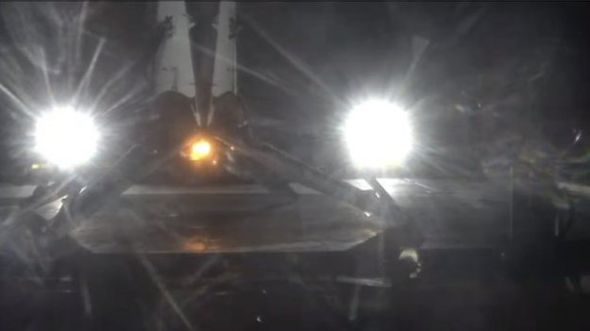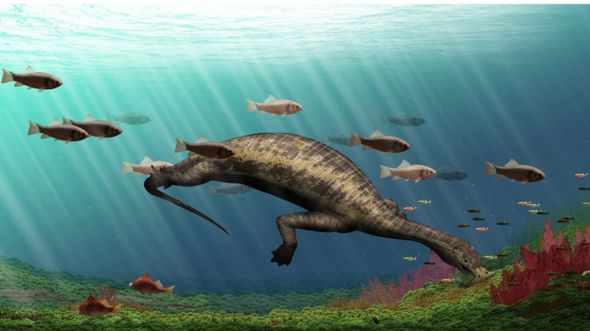The U.S. Centers for Disease Control and Prevention recently concluded that Zika virus infection in pregnant women can stunt neonatal brain development, leading to babies born with abnormally small heads, a condition known as microcephaly. Now, for the first time, researchers at University of California San Diego School of Medicine have determined one way Zika infection can damage developing brain cells. The study, published May 6, 2016 in Cell Stem Cell, also shows that inhibiting this mechanism reduces brain cell damage, hinting at a new therapeutic approach to mitigating the effects of prenatal Zika virus infection.
Using a 3D, stem cell-based model of a first-trimester human brain, the team discovered that Zika activates TLR3, a molecule human cells normally use to defend against invading viruses. In turn, hyper-activated TLR3 turns off genes that stem cells need to specialize into brain cells and turns on genes that trigger cell suicide. When the researchers inhibited TLR3, brain cell damage was reduced in this organoid model.
"We all have an innate immune system that evolved specifically to fight off viruses, but here the virus turns that very same defense mechanism against us," said senior author Tariq Rana, PhD, professor of pediatrics at UC San Diego School of Medicine. "By activating TLR3, the Zika virus blocks genes that tell stem cells to develop into the various parts of the brain. The good news is that we have TLR3 inhibitors that can stop this from happening."
In the study, Rana's team first made sure their organoid model was truly representative of the early developing human brain. They found that the model's stem cells differentiate (specialize) into the various cells of the brain in the same way that they do in the first trimester of human development. The researchers also compared patterns of gene activation in organoid cells to a database of human brain genetic information. They found that, genetically speaking, their organoid model closely resembled fetal brain tissue at eight to nine weeks post-conception.
When the team added a prototype Zika virus strain to the 3D brain model, the organoid shrank. Five days after the infection, healthy, mock-infected brain organoids had grown an average of 22.6 percent. In contrast, the Zika-infected organoids had decreased in size by an average 16 percent.
Rana's team also noticed that the TLR3 gene was activated in the Zika virus-infected organoids. TLR3 is a protein found both inside and attached to the outside of cells. TLR3's only job is to act as an antenna, sensing double-stranded RNA specific to viruses. When viral RNA binds TLR3, it kicks off an immune response. To do that, TLR3 helps activate many different genes that aid in fighting an infection. However, in developing brain cells, the researchers found TLR3 activation also influences 41 genes that add up to a double whammy in this model -- diminished stem cell differentiation into brain cells and increased cell suicide, a carefully controlled process known as apoptosis.
To determine whether TLR3 activation could be the cause of Zika-induced organoid shrinkage -- and therefore perhaps microcephaly -- or merely a symptom of it, Rana's team treated some of the infected organoids with a TLR3 inhibitor. They found that the TLR3 inhibitor significantly tempered Zika virus' severe effects on brain cell health and organoid size, underscoring TLR3's role linking infection and brain damage. However, the treated organoids weren't perfect. As evidenced by their non-smooth outer surfaces, infected but treated organoids still encountered more cell death and disruption than uninfected organoids.
While promising, this research has been conducted only in human and mouse cells growing in the laboratory thus far. In addition, the Zika virus strain used in this study (MR766) originated in Uganda, while the current Zika outbreak in Latin America involves a slightly different strain that originated in Asia.
"We used this 3D model of early human brain development to help find one mechanism by which Zika virus causes microcephaly in developing fetuses," Rana said, "but we anticipate that other researchers will now also use this same scalable, reproducible system to study other aspects of the infection and test potential therapeutics."
This research was funded, in part, by Nation






























